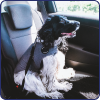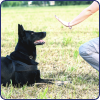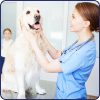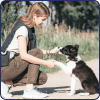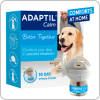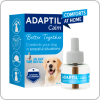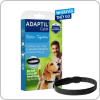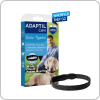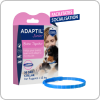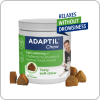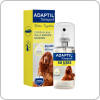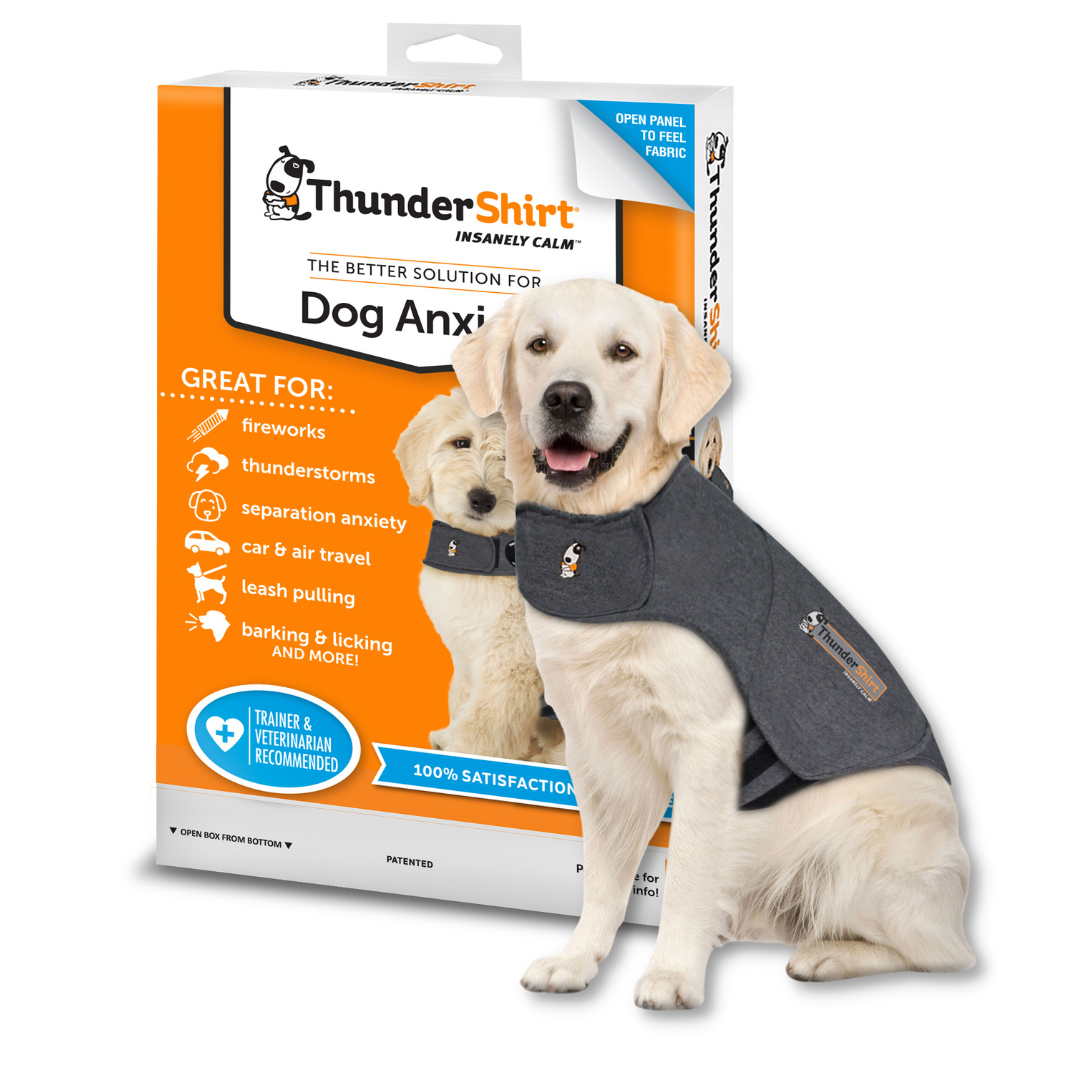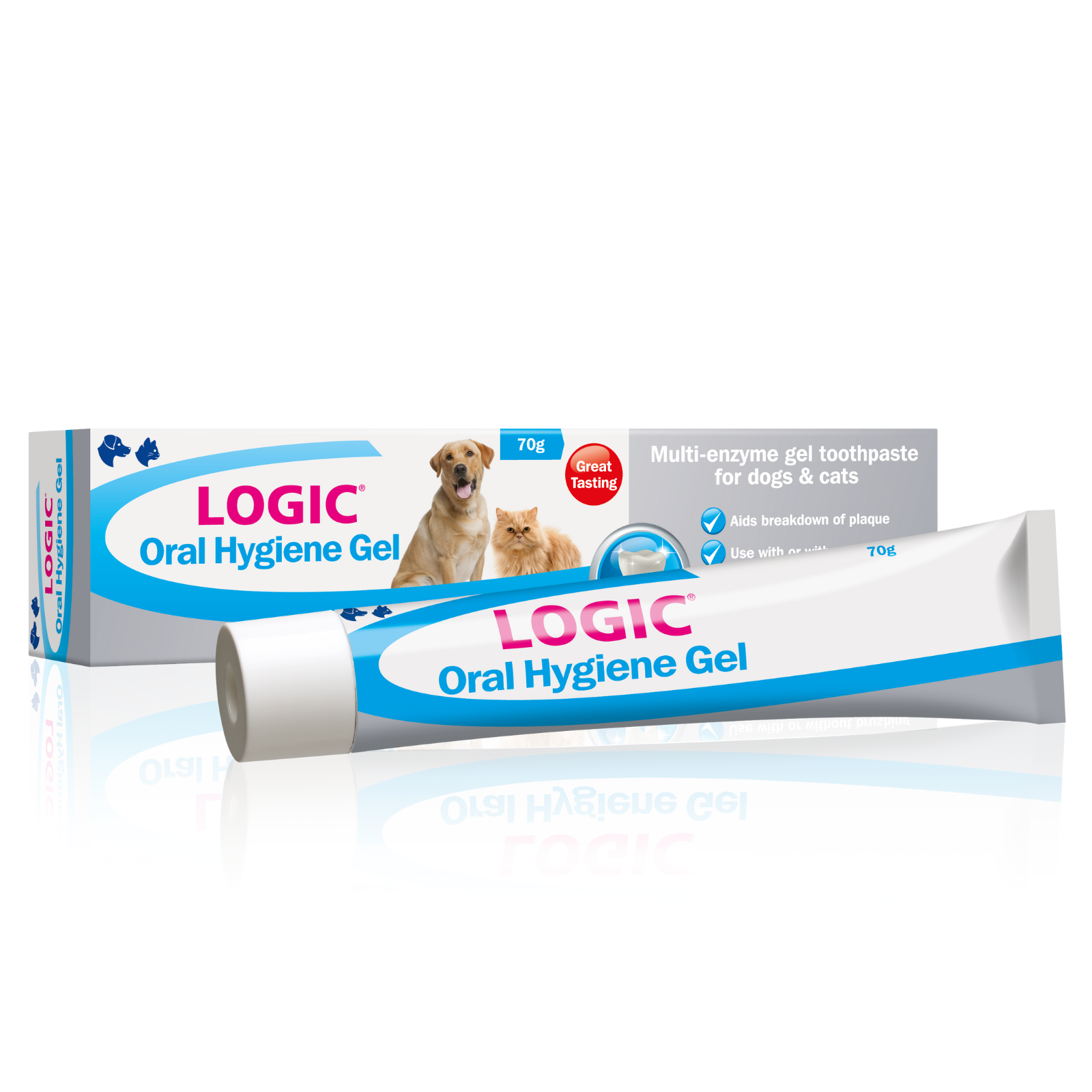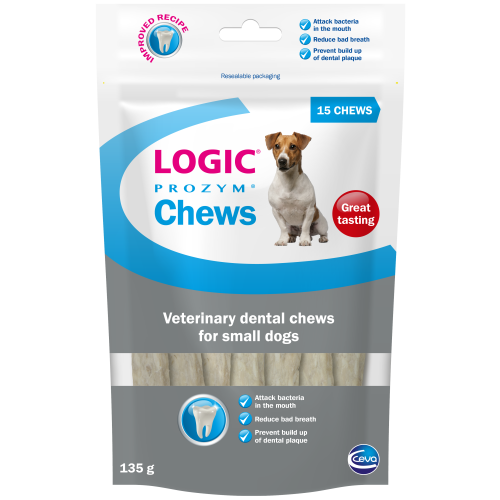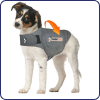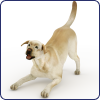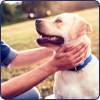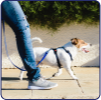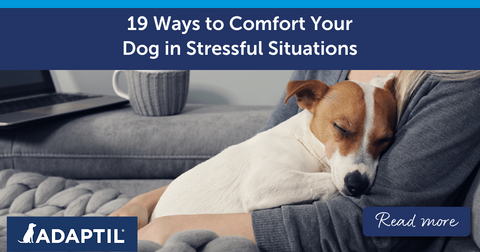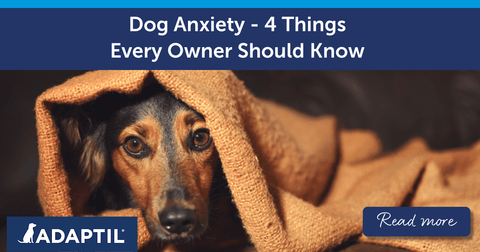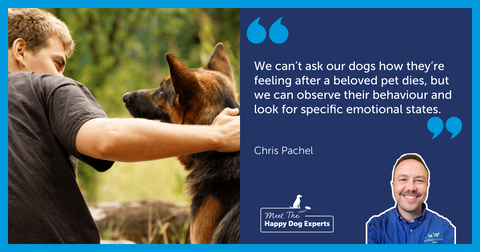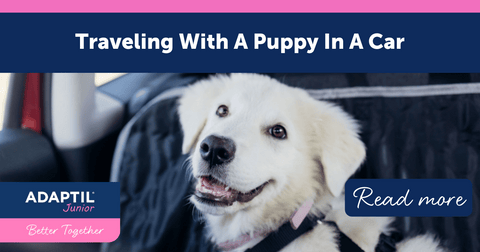Want to subscribe to our blog?

A Dog's Sense of Taste: Happy Dog Expert Explains
Written by Amy Learn, published on April 18, 2023
A Dog's Sense of Taste & How They Experience it
Have you ever wondered how your pet experiences the world around them? In today's society, our pets are family members. We care for them intimately. To understand their needs, it may be best to understand how they communicate with us and also how they perceive the world around them.
This blog is the third of a five-part series delving into how dogs experience and use each of their five senses. Catch up on Part 1: Whats a Dogs Vision like or Part 2: Why is a Dogs sense of smell so powerful from our Happy Dog Experts.
It's on the tip of their tongue!
Understanding dog anatomy - the secret to their sense of taste
Taste is dependent on hundreds of taste receptors located on taste buds on the surface of the tongue. As we all learned in elementary health class, there are 5 taste qualities: salty, sweet, sour, bitter, and umami. In some cases, taste is amplified by olfaction.
Each taste receptor has a different purpose, and they are responsible for more than just tasting our food. Salt receptors detect sodium chloride and help in maintaining the electrolyte balance, sweet detects glucose or fructose, bitter receptors help detect toxins like poisonous alkaloids in plant material, umami receptors detect savoury amino acids like glutamate, and sour receptors identify foods that have spoiled.
Once taste information is sorted by the taste buds, it is conveyed through four different cranial nerves (facial, glossopharyngeal, vagus, and trigeminal) to the thalamus in the brain. There it is integrated with other information including thermal, mechanical, visceral and pain information to determine the palatability of the food.
What foods do dogs prefer?
Without humans to provide meals for them, dogs would eat many small meals intermittently throughout the day. In a wild setting, this may be dependent on successful foraging. Studies have been done on food or flavours that dogs prefer and determined that dogs prefer beef, then pork, lamb, chicken, and horse meat. They also prefer canned over dry or semi-moist foods, as well as cooked over raw-based food diets.
Why might dogs be picky eaters?
Anorexia or lack of appetite is most often a medical problem related to an underlying disease or gastrointestinal discomfort. Some cases of depressed appetite can have behavioural components related to anxiety, attention seeking, or taste aversions (associating food with feeling ill). Some dogs will vary their food intake based on energy expenditure or ambient temperature.
Why do dogs eat poop?
Coprophagy, or eating poop, is a problem affecting one-quarter of pet dogs. There is no serious health concern associated with this behaviour aside from the potential for parasite transmission, but it is unpleasant for pet owners to witness or think about. One study found that terriers, hounds, and Shetland Sheepdogs were more highly represented breeds that engage in this behaviour.
Pica - eating non-food items
Young dogs are likely to eat grass as normal exploratory behaviour, and this is especially more common after rain. True pica is the ingestion of nonfood items and in many cases has an underlying medical cause. In a small percentage of cases, licking, sucking, chewing or ingesting nonfood items may be a compulsive behaviour.
Why might dogs show food aggression?
Dogs are not good sharers. Food is required for survival; thus, a dog will instinctively want to keep valued items for themselves to survive. In some cases, this results in aggression toward other animals or humans that approach while eating. The best course of action is to separate animals with a barrier during feeding and stay away from them during mealtime.
Should I watch out for excessive licking?
Another behaviour that is often described as compulsive is excessive licking. This might include licking walls, carpets, or surfaces and overgrooming or licking a body part. Studies have shown that most cases of licking surfaces are related to underlying gastrointestinal disease and that self-licking is often related to pain or itchiness.
Understanding the dog microbiome
Not only does the bacterial population of the gut affect digestion and systemic health, it also affects behaviour. The existence of a gut-brain connection in humans has been identified and researched for many years. More recently, this connection has been studied in dogs as well.
One study found a link between human-directed aggression and the presence of a specific species of bacteria in the gut. Other studies have found a high rate of comorbidity with intestinal disease and anxiety. More importantly, research also shows that rebalancing the healthy bacteria in the gut can decrease or resolve some behavioural problems in addition to improving overall health.
Our dogs are amazing!
The sense of taste and structure of the tongue that enhances taste sensation is responsible for more than enjoying food. Dogs use their tongue for other behaviours (some quite unpleasant), and what dogs eat - and the health of their gastrointestinal tract as a whole - can relate to broader health implications, both medically and behaviourally.
Additional Resources:
Bécuwe-Bonnet, V., Bélanger, M. C., Frank, D., Parent, J., & Hélie, P. (2012). Gastrointestinal disorders in dogs with excessive licking of surfaces.Journal of Veterinary Behavior,7(4), 194-204.
Carlson, N. R. (2012).Physiology of behavior. Pearson Higher Ed.
Cryan, John F., Kenneth J. O'Riordan, Caitlin SM Cowan, Kiran V. Sandhu, Thomaz FS Bastiaanssen, Marcus Boehme, Martin G. Codagnone et al. "The microbiota-gut-brain axis."Physiological reviews(2019).
Hart, B. L., Hart, L. A., Thigpen, A. P., Tran, A., & Bain, M. J. (2018). The paradox of canine conspecific coprophagy. Veterinary medicine and science,4(2), 106-114.
Houpt, K. A. (2018).Domestic animal behavior for veterinarians and animal scientists. John Wiley & Sons.
Kandel, E. R., Schwartz, J. H., Jessell, T. M., Siegelbaum, S., Hudspeth, A. J., & Mack, S. (Eds.). (2000).Principles of neural science(Vol. 4, pp. 1227-1246). New York: McGraw-hill.
Kirchoff NS, Udell MA, Sharpton TJ. The gut microbiome correlates with conspecific aggression in a small population of rescued dogs (Canis familiaris).Peer J. 2019;7:e6103.
McGowan RTS, Barnett HR, Czarnecki-Maulden G, Si X, Perez-Camargo G, Martin F. Tapping into those ‘gut feelings': impact of BL999 (Bifidobacterium longum) on anxiety in dogs. In: Proceedings of the 2018 ACVB Veterinary Behavior Symposium, Denver, CO. American College of Veterinary Behaviorists, 2018.
Following our expert tips will help to ensure your bond with your dog goes from strength to strength.
Make sure to join our community for weekly advice from our dog behaviour experts as well as product offers and competitions.
 Related Posts
Related Posts
Legal notice The information collected is intended for Ceva Santé Animale and the group in order to manage your requests. This information can be shared with service providers in order to organize their management. In accordance with the General Data Protection Regulations, you have the right to access, rectify and limit the processing of your data. You can also, in certain cases, object to the processing, withdraw your consent and request the deletion and portability of your data. For any request in relation to your personal data, please visit this page.


